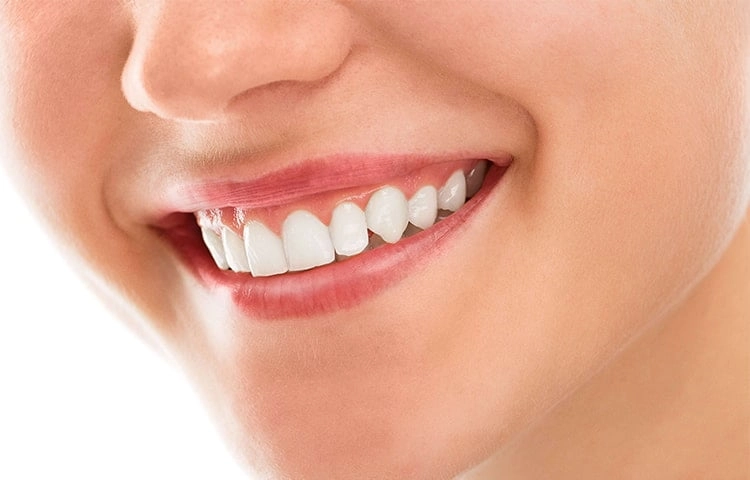How Gummy Smile Makeovers Enhance Your Look

A gummy smile, also known as excessive gingival display, is a dental condition where an excessive amount of gum tissue is visible when a person smiles. This can make the teeth appear shorter and the smile less aesthetically pleasing. A gummy smile can be caused due to several factors, and early intervention by the family dentist in Rancho Cucamonga, CA, is crucial to restoring oral form, function, and aesthetics.
To know more about a gummy smile, its causes, symptoms, and treatment, read on!
What causes a gummy smile?
A gummy smile can be caused by a variety of factors, including:
- Excessive gum tissue: Having too much gum tissue can make the teeth appear shorter and create a gummy smile.
- Short teeth: Naturally short teeth or teeth that have been worn down can contribute to a gummy smile.
- Overbite: An overbite, where the upper teeth overlap the lower teeth, can cause the gums to appear more prominent.
- Genetics: Some people may inherit a gummy smile due to their genetic makeup.
- Gum inflammation or disease: Gingivitis or periodontitis can cause the gums to become inflamed and swollen, leading to a gummy smile.
- Poor oral hygiene: Failing to brush and floss regularly can lead to gum disease and a gummy smile.
- Hormonal changes: Hormonal fluctuations during pregnancy, puberty, or menopause can cause changes in the gums.
- Medications: Certain medications, such as steroids and certain antidepressants, can cause gum overgrowth.
- Abnormal tooth eruption: Teeth that don’t erupt properly can lead to a gummy smile.
- Bite issues: Misalignment of the teeth or jaws can cause a gummy smile.
- Gum recession reversal: In some cases, gum recession treatment can cause the gums to become too prominent.
- Orthodontic treatment: In some cases, orthodontic treatment can cause the gums to become more visible.
What are the symptoms of a gummy smile?
The primary symptoms of a gummy smile include:
- Visible gum tissue: When smiling, an excessive amount of gum tissue is visible above the teeth.
- Short teeth appearance: The teeth appear shorter than normal due to the excessive gum tissue.
- Uneven gum line: The gum line may appear uneven or asymmetrical.
- Gum tissue overgrowth: The gum tissue may be thicker or more prominent than usual.
- Teeth appear small: The teeth may appear small or stubby due to the excessive gum tissue.
- Smile asymmetry: The smile may appear uneven or lopsided.
- Gum inflammation: The gums may be red, swollen, or inflamed.
- Bleeding gums: The gums may bleed easily when brushing or flossing.
- Sensitivity: Teeth may be sensitive due to exposed roots or receding gums.
- Aesthetic concerns: A gummy smile can affect self-confidence and self-esteem.
How is a gummy smile treated?

Treatment options for a gummy smile include:
- Gingivectomy: Surgical removal of excess gum tissue.
- Crown lengthening: Surgical reshaping of the gum tissue and bone around the teeth.
- Orthodontic treatment: Braces or clear aligners to address bite issues.
- Veneers or bonding: Cosmetic dentistry to improve tooth appearance.
- Laser treatment: Laser reshaping of the gum tissue.
- Gum contouring: Reshaping the gum tissue to improve the smile.
- Periodontal treatment: Treatment of underlying gum disease.
- Teeth whitening: Whitening the teeth to improve their appearance.
- Dental crowns: Covering the teeth with crowns to improve their appearance.
- Surgical lip repositioning: Repositioning the lip to reduce gum visibility.
- Botox injections: Relaxing the upper lip to reduce gum visibility.
- Gum grafting: Grafting gum tissue to cover exposed roots.
Wrapping up
Overall, a gummy smile can be effectively treated with modern dental techniques, restoring confidence and a beautiful smile.





